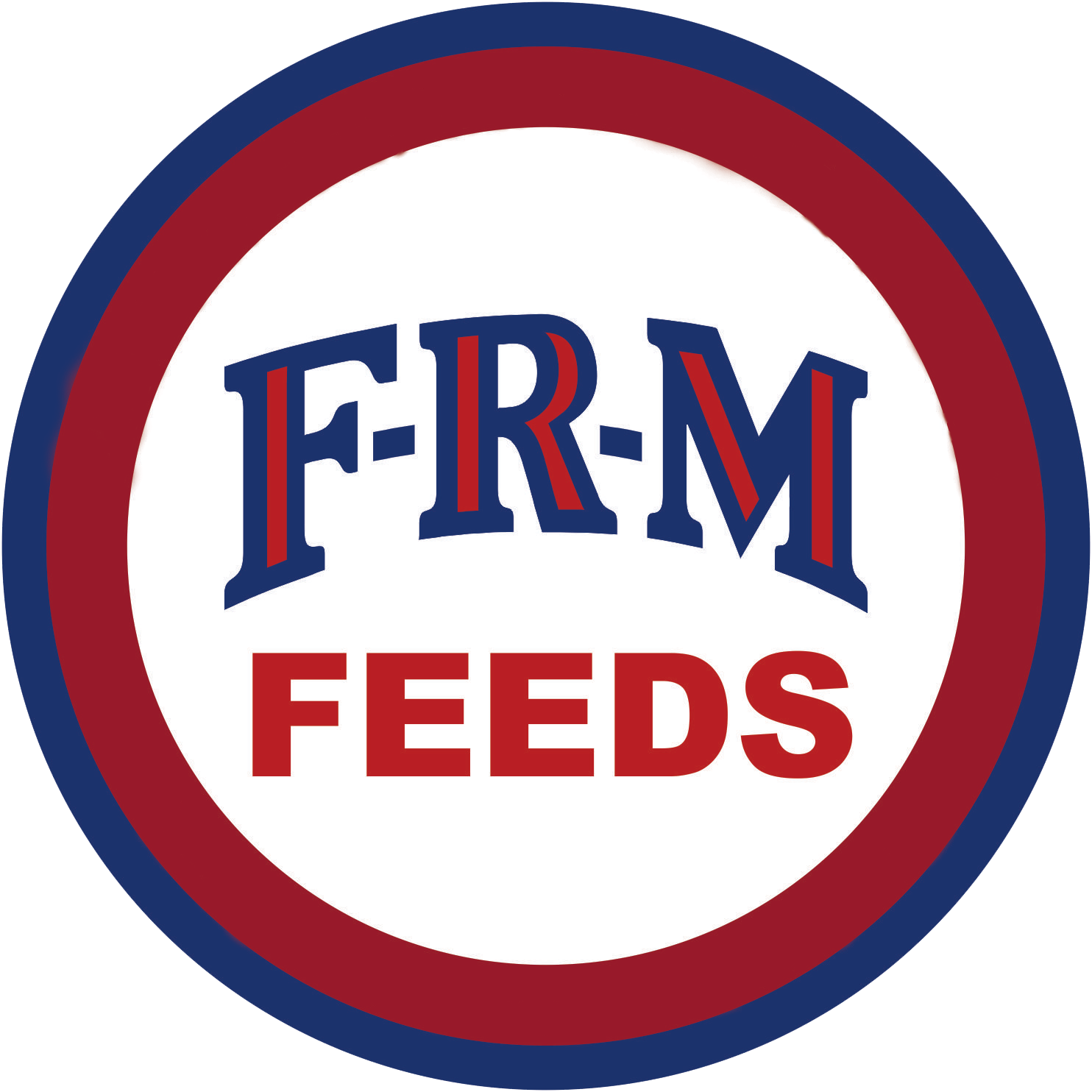As winter has settled in it’s extremely important to assess whether or not the supplementation strategy, we deployed to get our cow herd through the winter is hitting the targeted nutrient requirements. Hopefully we all understand that a cow’s nutrient requirements are in a constant state of change. Furthermore, the forage that producers are using to maintain their cattle on my not be what we once thought it was. The stockpiled forage we planned to get through the winter with which likely had ample leaf material of moderate quality has now been exposed to a killing frost, grazing, wind, precipitation, sunshine, freezing and thawing temperatures, all which are going to cause leaching of nutrients. Properly stored harvested forage can even experience declines in quality. With that in mind it’s crucial that we evaluate our supplementation program mid-season to assure we know what we’re “aiming at”. This can’t be properly attained without implementing forage or harvested forage sampling for laboratory analysis. Coupling forage sampling with experience can help us make the most informed decisions when it comes to evaluating supplementation strategies.
Producers likely developed a supplementation strategy that was economical, convenient and filled the nutritional gaps that existed at the time that supplementation began. However grazing pressure coupled with weather have caused significant changes in quality of available forage. So, while at the onset of the supplementation period a producer may have likely only needed to supplement 1-2 pounds daily of a 20% crude protein cube such as FRM’s Cowboy or Wrangler Range Cubes to meet the protein and energy requirements of their cow herd grazing stock piled forage. However, as the winter has progressed and cattle have probably harvested all of the preferable plant parts but there is still satisfactory forage available, a different approach may be necessary. If ample low-quality forage remains to be harvested, supplementing 5-6 pounds of a 12% to 20% crude protein supplement may be the best approach. This will compensate for the lack in energy in the remaining forage along with providing enough protein to effectively utilize the remaining energy in the now low-quality forage.
If a producer takes his cows through the winter on harvested forage rather than stockpiled forage a similar approach can be utilized. We typically harvest forage when it will have satisfactory yields but still retain the most satisfactory quality possible. With that being said most of the forage that’s harvested and stored in the Southeastern United States will have a range in crude protein between 10-16% on a dry matter basis, (it should be noted this will depend on fertilization and level of fertilization). Hay of this quality is going to meet the protein requirements of a nonlactating cow; however, the energy requirements of these cows is probably not being meet. This shortfall in energy could be meet with approximately 4-5 pounds of an energy-based supplement such as FRM’s Complete Cattle Pellets or even as little as 1-2 pounds of a high fat supplement such as FRM’s Excel Tub.
In summery keep in mind that your choice in supplement should remain flexible. Your cow’s nutrient requirements are constantly change, and what you were feeding at the onset of the winter may not be relevant now that winter is in full swing. Further if you haven’t tested your forage periodically, how are you going to know what you’re aiming for in your supplemental nutrients. Also, it can be a daunting task to choose the appropriate supplement. The staff at FRM has the tools to help you decipher what supplement would be the best fit for your operation, making that choice an effective, convention and economical one.

